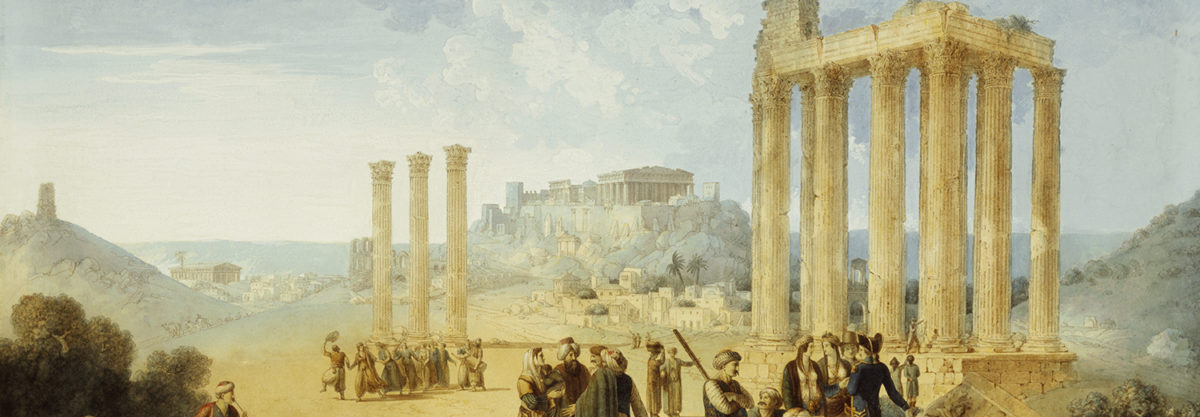What are the major differences between Roman and Greek culture?
—Spencer Chang
***
Dear Mr. Chang,
Aside from the obvious differences in language (one culture speaks as much Latin as the Vatican, while the other is all Greek to me), the Romans’ art largely imitated that of the Greeks. The Romans, however, developed a more naturalistic approach to their art. Greek statesmen and generals, like their gods, are recognizable but physically idealized, whereas sculptures, mosaics or frescoes of Romans, from emperors to ordinary everyday people, betray physical quirks and nuances of expression that make them more human. Look into the face of Caligula’s bust, for example, and in retrospect you might find yourself detecting something in those eyes that’s not quite right…
Although both places had agricultural economies that exported wheat, olive oil and wine, Athens built its power by sea trade, whereas Rome was more predatory, growing by conquest. Greek governments varied from kings and oligarchs to the totalitarian, racist, warrior culture of Sparta and the direct democracy of Athens, whereas Roman kings gave way to a representative, elected republic—until it was displaced by the power of the emperors. Athenian citizens could all vote, but Athenian women were not citizens, whereas in Rome they were. Athens was the center of Greece’s Golden Age around 500–300 BCE, whereas Rome’s came in the last century of the Republic and in the first century or two of the Empire.
Hope this helps.
Sincerely,

Jon Guttman
Research Director
World History Group
More Questions at Ask Mr. History





